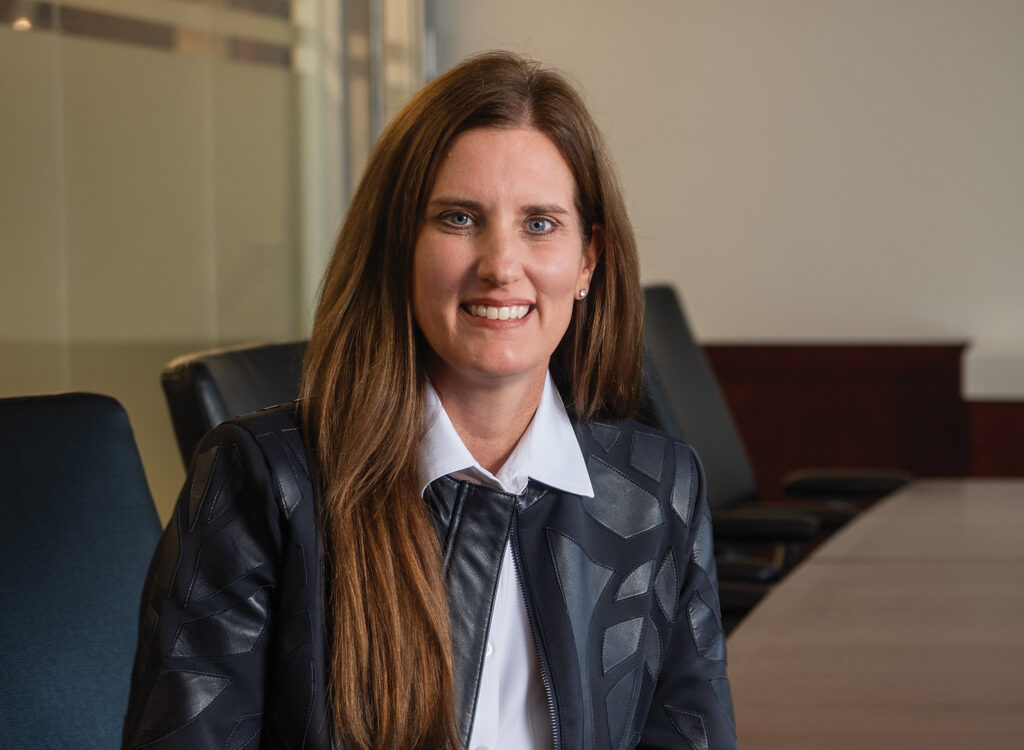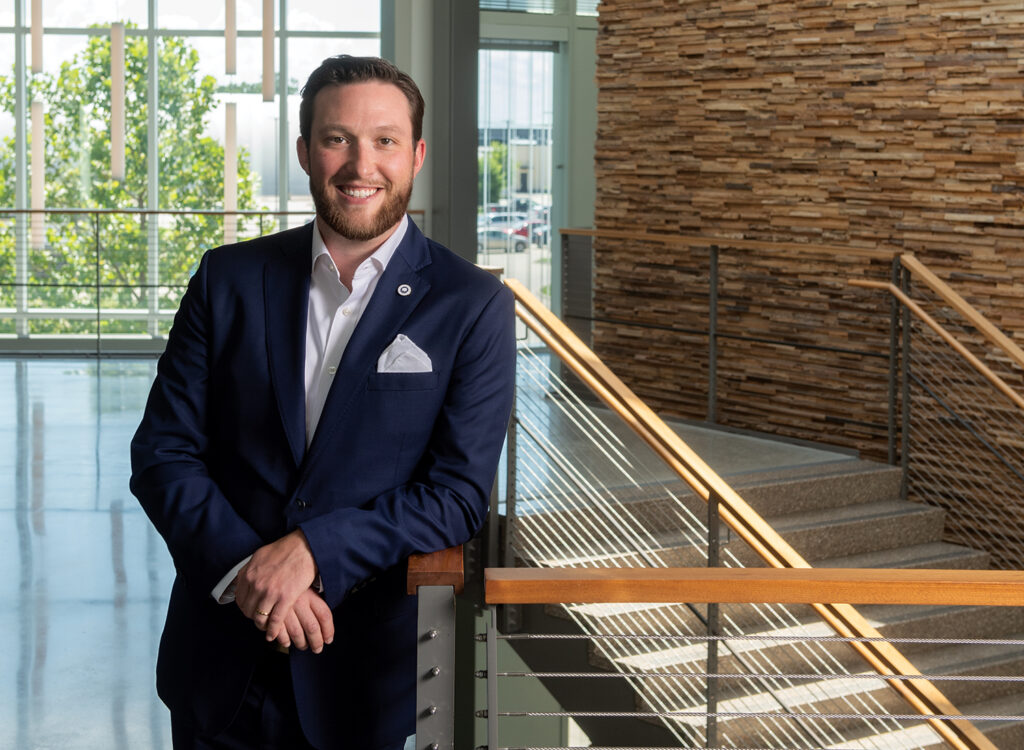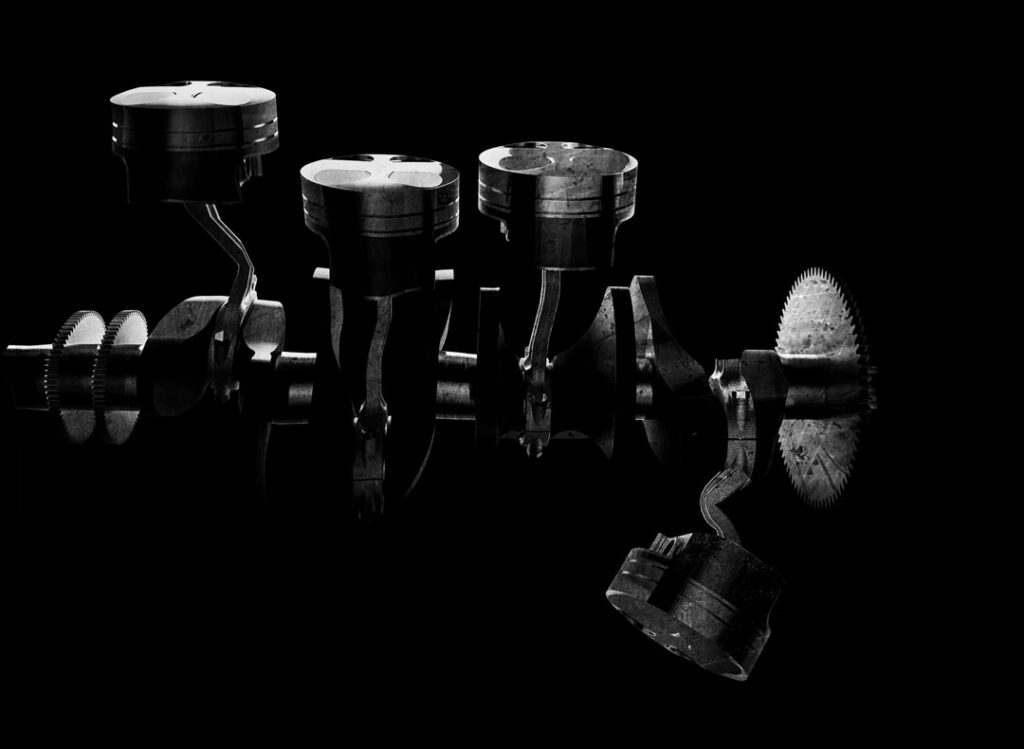Go!: Transit Task Force eyes mobility in Greater Des Moines

PERRY BEEMAN Jun 17, 2016 | 11:00 am
6 min read time
1,521 wordsBusiness Record Insider, TransportationThe Greater Des Moines Partnership’s Transit Future Work Group has been revved up for six months, primarily helping the area’s bus service figure out what local employers, and others, need from mass transit in the future.
The transit agency is updating its DART Forward 2035 plan this year, five years after completing the original version.
Leading the Partnership task force are executives from two of Central Iowa’s largest employers: Don Pearson, lead regional president of Wells Fargo, who works in downtown Des Moines, and Eric Crowell, president and CEO of UnityPoint Health — Des Moines.
The 40-member panel was formed after the Des Moines Areas Regional Transit Authority’s plan for bus rapid transit (BRT) — basically a train-like service that uses buses — on a route circling along Ingersoll and University avenues ran into political trouble. Some suburban city council members and even Des Moines Mayor Frank Cownie wondered if the route was right, and if DART should be spending money on a new service when there were questions how to finance transit long-term.
The Partnership thought it was time to examine what it now is calling mobility, including transit, walking, bicycling, driving and other forms of transportation.
Partnership CEO Jay Byers notes that surveys of millennials — many of them early career professionals — routinely rank better mass transit near the top of the wish list for community improvements.
I sat down with Byers, Crowell and Pearson to check on the task force as chatter around that time seemed to center on making better mass transit connections to the suburbs, possibly including a redesigned bus rapid transit route.
When did the task force begin its work?
Crowell: About six months ago.
And you are calling it the Transit Future Group?
Crowell: Don and I may want to change that to Mobility Work Group, because it’s really the combination of all of the different parts of getting people from A to B. Not all of it is about transit. I think the DART Forward group is starting to think that way, too.
Is the issue there that transportation also means getting my bicycle around town, or my wheelchair across the street?
Crowell: Electric cars, driverless vehicles. We talk about a horizon year (for studies) of 2050 and Des Moines’ population projection (750,000), and if we can’t figure out other solutions to mobility, with I-235 the infrastructure needs loom out there, and the (possible) land-taking. This may be more about mobility than transit per se to find the global solutions.
What ultimately is the goal with the task force?
Byers: We are trying to provide input from the business community. This is more than just looking at the current bus system. It’s more than just BRT (bus rapid transit). The DART plan is how do you move from a bus system to a transit system to a mobility system? How does it all work together? From my perspective, BRT could still be a part of that and probably on a different route than was proposed before if it works. It’s important for the DART commission and the public officials in general to listen to the needs of the business community. That’s why we formed this.
What have you accomplished so far, and where do you want to go with your deliberations?
Pearson: We visited Kansas City, and we had some good insights into how their transit systems work (including bus rapid transit). At that time, we were looking more at the bus rapid transit, so we got some good ideas there. We also went to Grand Rapids (which also has bus rapid transit). We were collecting best practices and understanding how they laid out their routes and what was successful and why.
What have you been discussing in your meetings?
Pearson: Bus rapid transit, and it’s also morphed into walkability, bike lanes, all aspects of transportation.
What do you hope to accomplish?
Crowell: Don and I have spent time participating in the DART Forward 2035 plan meetings. Jay and I went to the DART commission and explained to them that nothing happens independently of all the other planning groups. I have personally attended a couple of the meetings to provide support and understanding as they go about revision of the bus transit. I think the key issues are connecting the downtown and the growing suburbs.
Where does your group fit into the planning process?
Crowell: The business community, which sits kind of outside the traditional political and transit channels, has a huge and vested interest in how this gets done. (Part of that is) avoiding huge capital costs of widening I-235 down the road. It is extremely important for all of our employees.
Pearson: We are the largest employer in the state with approximately 15,000 team members in the Greater Des Moines area. We have concentrations of that in downtown Des Moines and in West Des Moines. So there is a natural link to transportation back and forth. Just from a broader sense, in other markets I’ve worked in, like San Francisco and Portland, our team members are encouraged to use transit systems and many actively do. Often the company gives discounts towards that. It just makes sense. I travel from West Des Moines into downtown every day, and 235 is just heavily congested in the morning. You can feel the need for something (to improve traffic flow). As we continue to grow, it’s going to outpace (the freeway capacity).
Crowell: The projections from five years ago are off significantly. Des Moines has exceeded the targets, which is creating some interesting dialogue over how accurate are we in projecting what the population is going to be in the next 10 or 15 years.
What other issues are there?
Crowell: As the western suburbs continue to grow, where would you connect a (bus rapid transit system) or some other flavor of rapid transit solution? How would you connect the downtown in Des Moines with the western suburbs if we haven’t organized the suburbs? How do you connect the suburbs together with a hub type of thinking? I know DART has factored that into its thinking.
Pearson: Sometimes when you think about this, it’s easy to get in a thought process that leads you to think this is a means for low-income families, and certainly that’s an element of it. But I am personal evidence, coming from a California market where I was driving 20,000 to 30,000 miles a year and it was the only way to get around, to moving to Portland where I went from 20,000 miles down to 2,000 miles because of transportation. Bike lanes, street cars, bus and light rail. It becomes a preferable option. It’s more convenient. I would go two weeks without using my car. So where you have concentrations of large companies placed in a convenient manner, you can have these (transit) stops.
Does your task force think the bus rapid transit proposal should focus on connecting downtown and the western suburbs, as some have suggested?
Pearson: I don’t know if we’ve reached that conclusion, but in Kansas City, they had connected to large schools and health care and living areas. So their most successful lines were where there was density, and that is an important starting point for us, too — to figure out where we have a lot of people who are mobile and want to get from one place to another. I remember sitting next to one woman on one of the lines, and she indicated she was employed and then got ill. She said, ‘My goodness, I can’t drive now.’ And if it wasn’t for the (rapid transit) line, she didn’t know what she would have done. She was taking it from her residence to the hospital and back, and she didn’t have another option.
Byers: The Silver Line in Grand Rapids was the same story. It paralleled a thoroughfare and connected education, connected health care, connected a sort of commuting area, a suburban type of place.
So should DART run a line out Grand Avenue to West Des Moines?
Pearson: I don’t know, but one thing that sticks in my mind from those meetings is that along those lines, there was significant development because of the convenience of being able to get on and off those lines.
Is the question a mixture of BRT with changes in the shuttles and traditional routes?
Crowell: We are trying to look at car pools and other solutions, and it might be BRT. I’m not saying BRT isn’t there, but I think it’s important that we look at all the other iterations of how a community grows. The good news is Des Moines is growing. This is a great city. We are trying to have a long enough view of different steps to avoid some of that capital spending as one stroke. There are autonomous vehicles and other things that will happen. The millennials don’t seem as attached to their cars as we other folks. I think the key is convenience.
Get a quick look at the plan for updating DART Forward 2035:
http://bit.ly/1Vdzhy6









